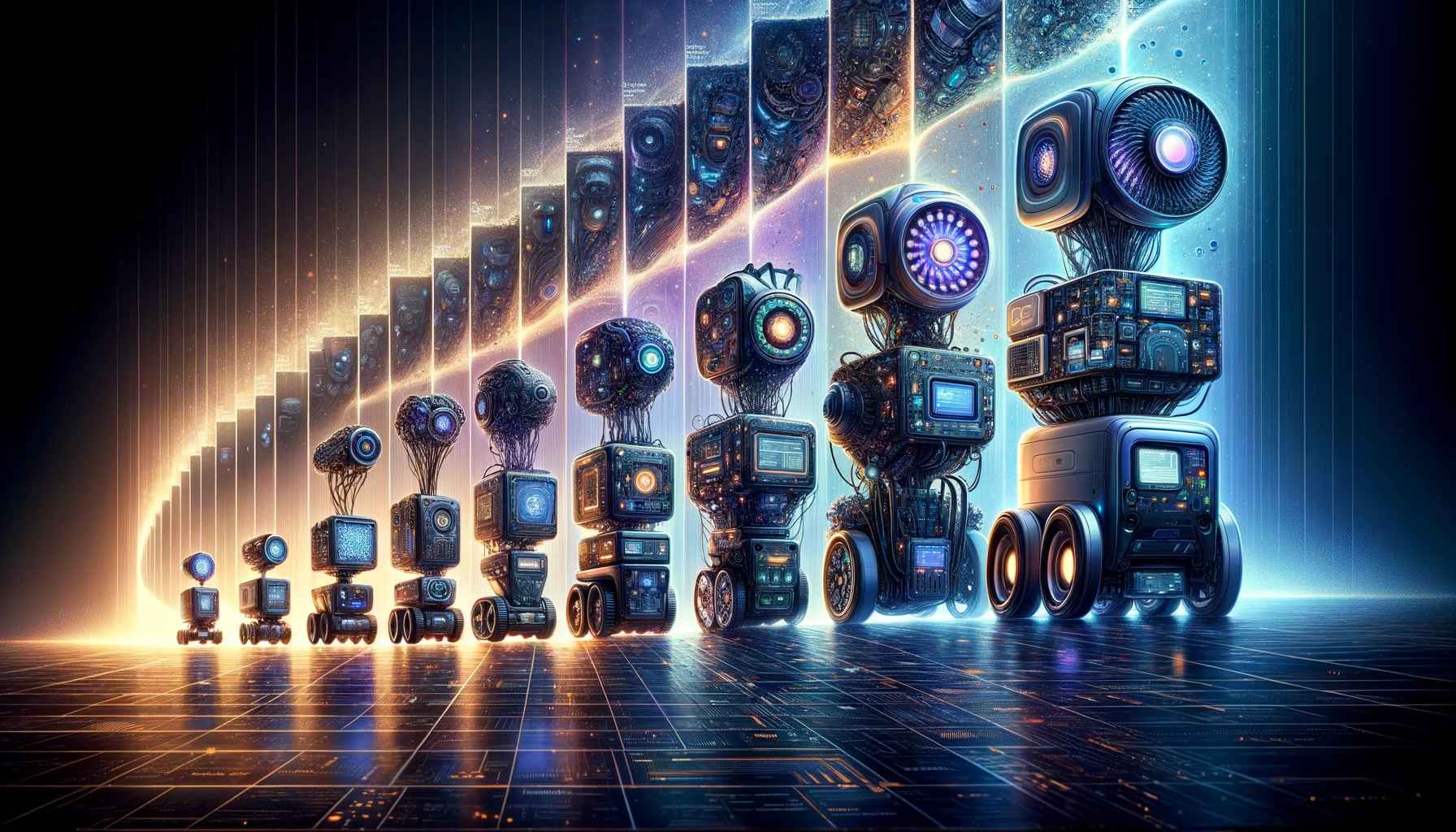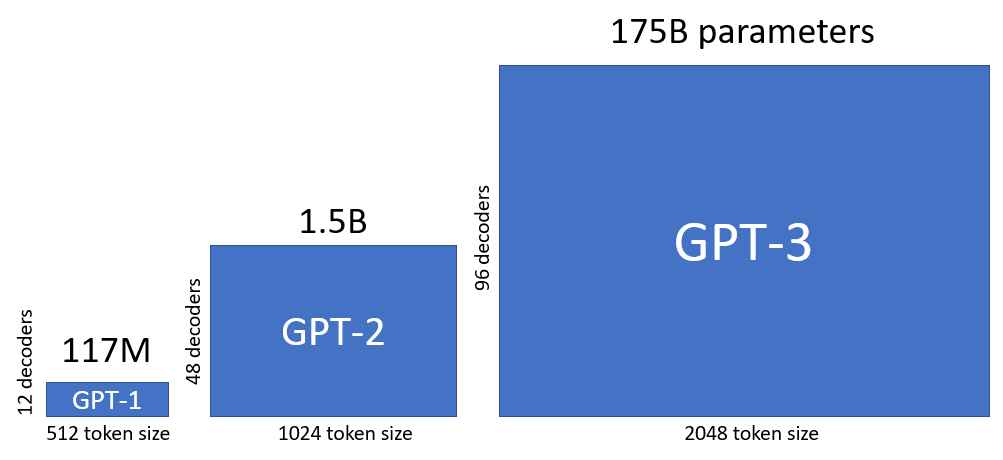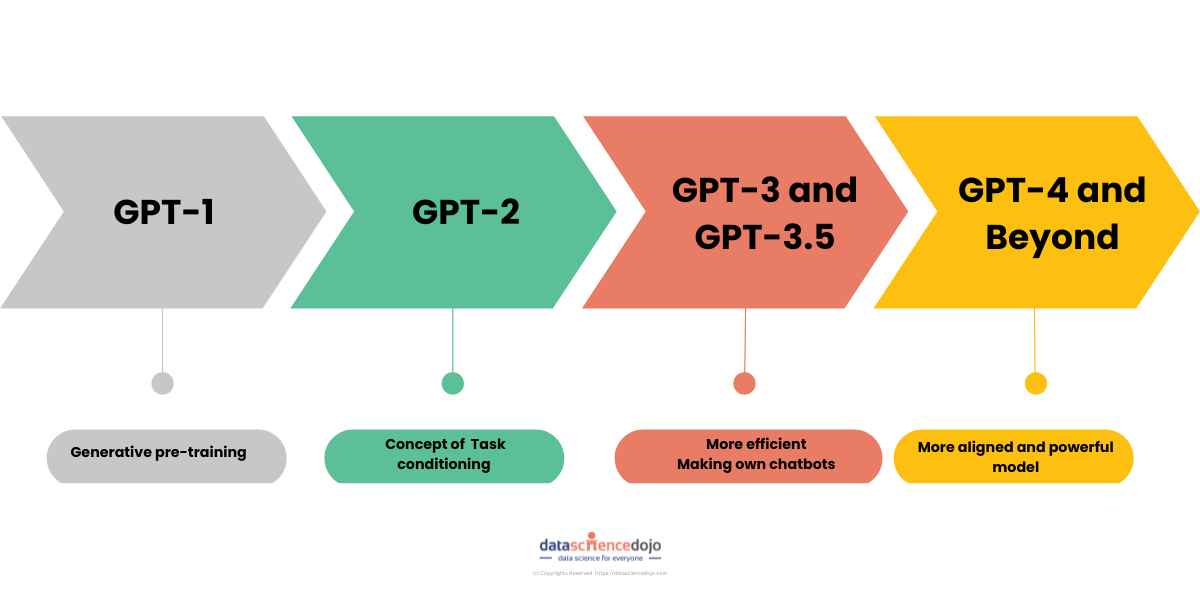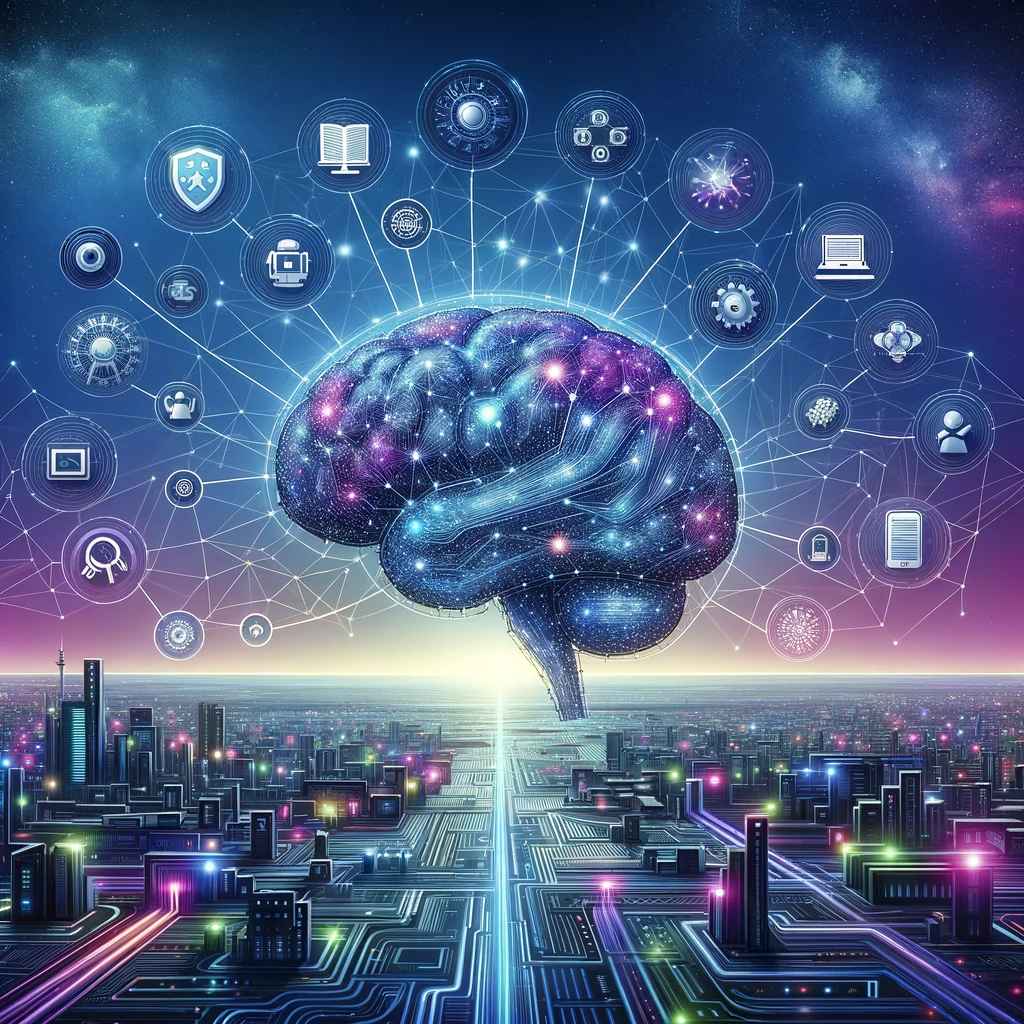🚀 GPT-1: Released in 2018, 117M parameters, first use of Transformer architecture.
🌟 GPT-2: Released in 2019, 1.5B parameters, significant improvement in text generation.
🧠 GPT-3: Released in 2020, 175B parameters, major advancements in textual AI.
🎉 GPT-4: Released in 2023, improvement in context understanding and text generation.
🤖 GPT-5: Upcoming, continuation of innovation by OpenAI.
Differences between GPT1, GPT2, GPT3, GPT4, and GPT5
The GPT (Generative Pre-trained Transformer) models created by OpenAI differ significantly. Each marks a significant step in the development of conversational and generative artificial intelligence.
What is GPT?
GPT stands for Generative Pre-trained Transformer, a conversational artificial intelligence (meaning you chat like a cat). To learn more, understand the basic functioning, some examples of chatGPT usage applications, visit "Understanding CHATGPT in 5 minutes"
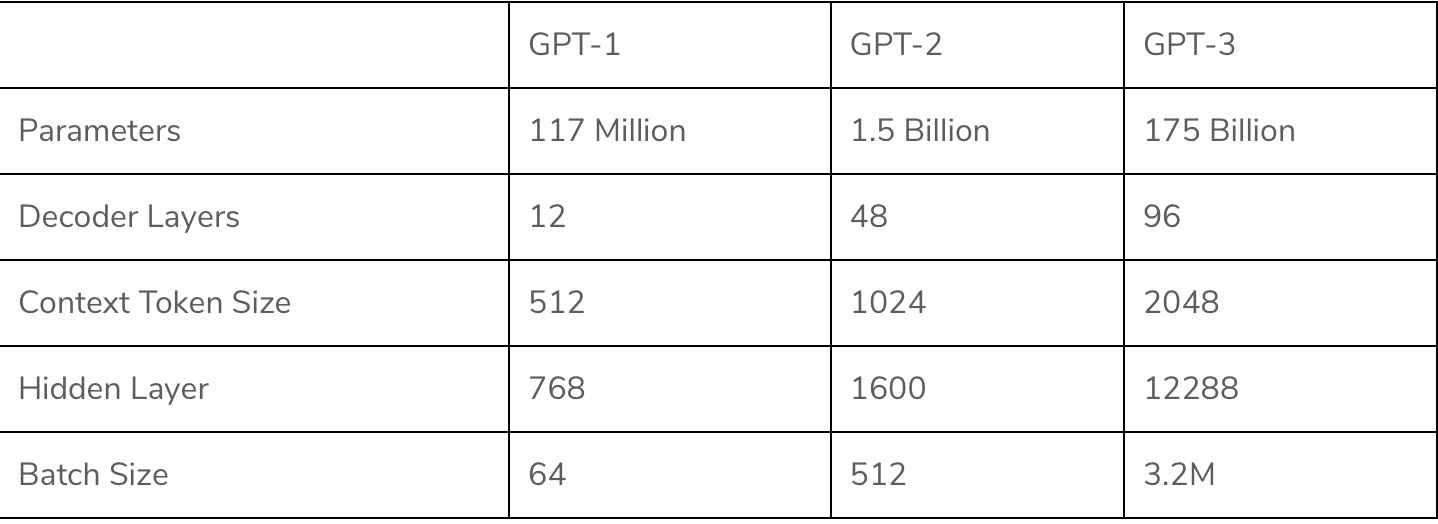
GPT-1
- Release in 2018
- Number of parameters: 117 million
- Features: First iteration introducing transformer architecture for text generation. Capable of performing simple text completion tasks.
The first language model developed by OpenAI, GPT-1, is known as Generative Pre-trained Transformer 1. Thanks to its use of the Transformer architecture, this model marked a significant advancement in the field of artificial intelligence. GPT-1 is distinguished by its two-stage training method and with 117 million parameters, it outperformed existing models at the time.
GPT-2
- Release in 2019
- Number of parameters: 1.5 billion
- Features: Significant improvements in terms of text comprehension and generation capacity, with better coherence over longer paragraphs. OpenAI initially withheld the full model due to concerns about potential misuse.
GPT-3
- Release in 2020
- Number of parameters: 175 billion
- Features: A major quantitative and qualitative leap. GPT-3 can generate extremely coherent and well-informed texts, perform programming tasks, translate languages, and much more, without specific training on these tasks.
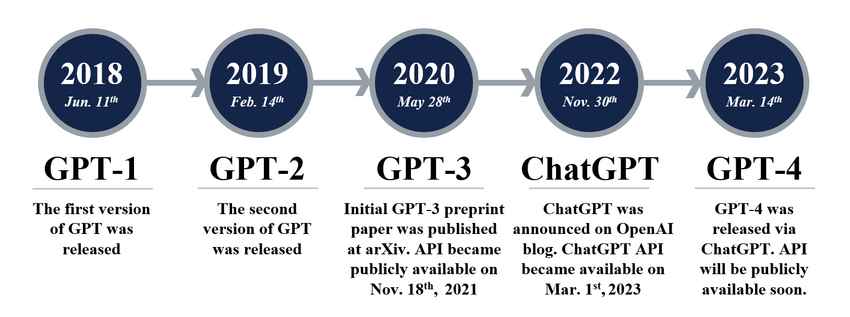
GPT-4
- Year of release: 2023
- Number of parameters: Not publicly specified, but significantly more than GPT-3
- Features: Introduction of improvements in context understanding, text generation, and ability to handle complex instructions. Capable of interacting in more diversified formats, including image interpretation.
GPT-5
To come - OpenAI may surprise us!
OpenAI has attempted to improve the accuracy, coherence, and versatility of GPT with each new version while addressing issues such as bias, security, and ethics. In order to enable developers to connect multiple services to its popular models, OpenAI has provided an API. The service can be accessed from GPT3 using a web application called ChatGPT. This commercial product exists in two versions: free and paid.

